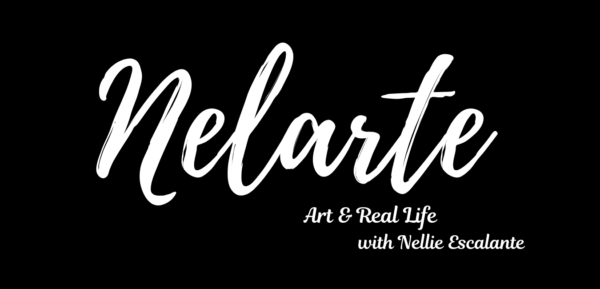
Today I bring you Francisco Oller’s Plátanos amarillos,1893, from the collection of El Museo del Barrio, to talk about adapting. I think it’s safe to say there is no other staple as adaptable as plantains.
History of Plantains
Plantains are believed to have originated in Southeast Asia. Two groups of plantains are thought to have a common origin: the horn plantain and the French plantain. Both types grow in India, Africa, Egypt, and tropical America. The French plantains also grow in Indonesia and the islands of the Pacific. In some parts of East Africa the plantain is an important beer-making crop, notably in central and eastern Uganda and Tanzania. Globally, plantains account for about 85 percent of all banana cultivation worldwide! Plantains are everywhere, but only because they were able to adapt.
Oller’s Plátanos amarillos
Puerto Rican artist, Francisco Oller, paints a striking still life of a bunch of plantains suspended against a simple grey wall. Here we have an artist who takes an island food so mundane, and elevates it! How does Oller do it? By having it take up the entire composition! The varying directions in which the plantains fall also add a sense of energy to the work making the viewer notice them. Although hanging, Oller puts the plantains on a symbolic pedestal asking the viewer to look and consider them as if they were a Renaissance Madonna!
Francisco Oller had to adapt
Francisco Oller is considered the father of modern art in Puerto Rico, the major Puerto Rican artist of the 19 century. He is an artist who grew up in Puerto Rico but ended up spending more than two decades in Europe mainly in Paris and Madrid, studying various European avant-garde movements like realism and impressionism. When Oller was with the Realists, he painted like the realists, when he worked with the Impressionists, he painted like them, and then when he came back home, to Puerto Rico, he adapted these styles to fit the subject matter he was painting there. He was purposeful in how he used all he learned. He didn’t have to be the most avant garde artist, he picked and chose what techniques went with each subject showing great restraint and confidence in who he was as an artist.
When I view Plátanos amarillos, it represents this kind of malleability that Oller had. I wonder if the plantains taking up the entire space, with no identifying background, signals their adaptability; they don’t belong to any particular place, but to all places.
Reflection
During Covid 19, like plantains, we had to learn resilience and adapt to constant change in the face of uncertainty. At the time of this writing it has been 2 ½ years since the pandemic started in the US. How have you adapted to the changes after quarantine? To my surprise, I’ve become more of a homebody. Plantains, in general, remind me of my mom. I have memories of making tostones with her, she taught me to smash them with the bottom of a glass and place them in the oiled pan. I can still hear the sizzle. Viewing this work several times during the pandemic and reconnecting to these pleasant childhood memories have made me yearn for home. Pre-Covid, I had a level of restlessness that was perhaps unhealthy. I longed for more, there was something not quenched in me. But now…it’s the simple things that bring me joy. I don’t want to miss a thing. I want to take care of my family and make memories. I have learned to steward what is in front of me, to be content in all things (Philippians 4:12), all circumstances, and all kinds of environments. I am learning to be more like a plátano amarillo.
Want more Francisco Oller?
If you’d like to bring Oller’s Plátanos amarillos into your homeschool or classroom? Check out this sketchbook prompt on Etsy. Since plantains grow in a variety of places, I bet that most kids and adults have some stories to tell about this savory staple. I would love to see your sketches! Tag me on IG, @nelarte.
Also, if you want to know more about Francisco Oller and other Puerto Rican artists, watch out for my Puerto Rican art course coming out soon. Sign up here (or the green button down below) if you are interested in receiving updates.
